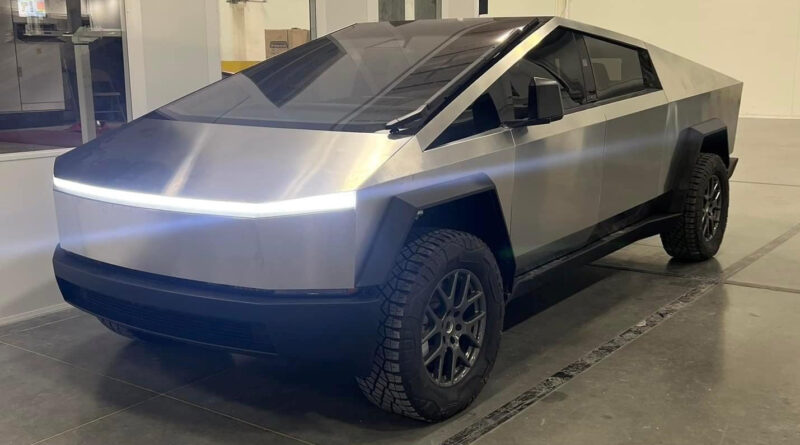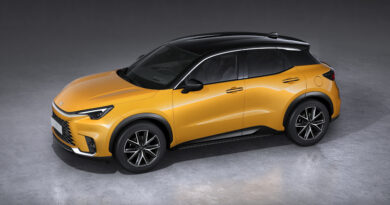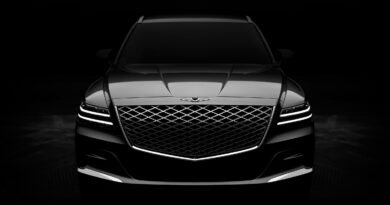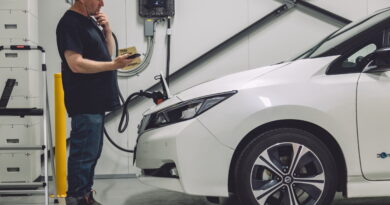Musk forecasts Tesla Cybertruck will ‘hopefully’ be built in 2023
It’s official, the Tesla Cybertruck won’t be built in 2022 and normally bullish company boss Elon Musk says he’s only hopeful it will be built in 2023.
The same goes for the reborn Tesla Roadster, the Semi and the humanoid robot project dubbed Optimus.
The $25,000 electric car Musk first spoke about at Tesla’s 2020 Battery Day – a car often referred to as the Telsa Model 2 – has been parked for now. It was originally scheduled to be on-sale as soon as 2023.
EXCLUSIVE FEATURE: EV ute overload: The electric pickup trucks coming soon
READ MORE: Why electric cars will be more capable off-road
Must revealed these various updates and much more during an investor and analyst call following up on today’s announcement of record fourth quarter profits.
Delaying Cybertruck into 2023 is no surprise given recent hints, but Musk’s caution is more surprising. He is usually bullish to the point of over-optimism and has often broadcast deadlines that are subsequently missed.
Last week images leaked from inside the Tesla factory (see above and below) showing a Cybertruck that appears closer to production. It includes revised wheels, mirrors and a windscreen wiper – along with mostly the same angular styling.
But Musk acknowledged in the earnings call that there were significant engineering challenges for the ute that uses an exoskeleton, whereby its structure doubles as the body of the vehicle.

Reputedly more than one million reservations have been placed for the Cybertruck, which Musk unveiled in 2019 and originally forecast would be in production at the end of 2021.
No new Teslas for 2022: Musk
But today he told his online audience introduction of new models in 2022 would have a negative impact on production volume of existing models.
Musk is forecasting a rise in production of more than 50 percent in 2022 compared to the 2021 record of 930,422 vehicles.
“We will not be introducing new vehicle models this year, it would not make sense because we will still be parts-constrained,” Musk said.
“We will however do a lot of engineering, tooling whatnot to create those vehicles; Cybertruck, Semi, Roadster, Optimus and be ready to bring those to production hopefully next year.”
Musk said Tesla wanted to achieve at least 250,000 annual sales volume for Cybertruck, which will be built at the company’s new Austin plant in Texas, where the first Model Y SUVs are now rolling off the line. Both vehicles will employ the company’s new structural battery pack and 4680 cells.
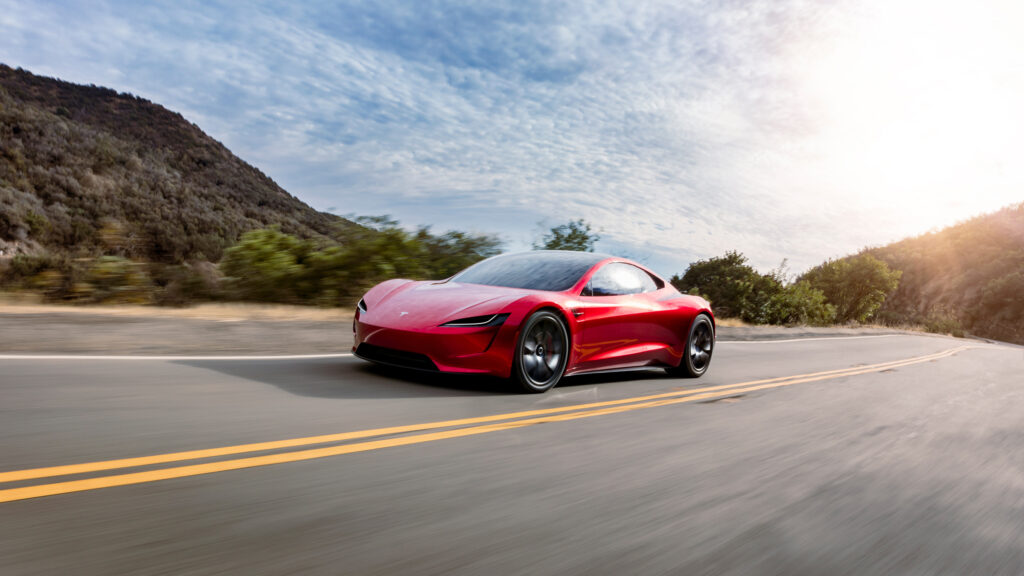
Musk said the challenge would be retaining its high level of technology and keeping pricing under control.
“There is a lot of new technology in the Cybertruck that will take some time to work through,” he said. “And then there is the question of what is the average cost of Cybertruck and to what degree is that affordable.
“You can make something infinitely desirable but if it’s not affordable that will constrain peoples’ ability to buy it.”
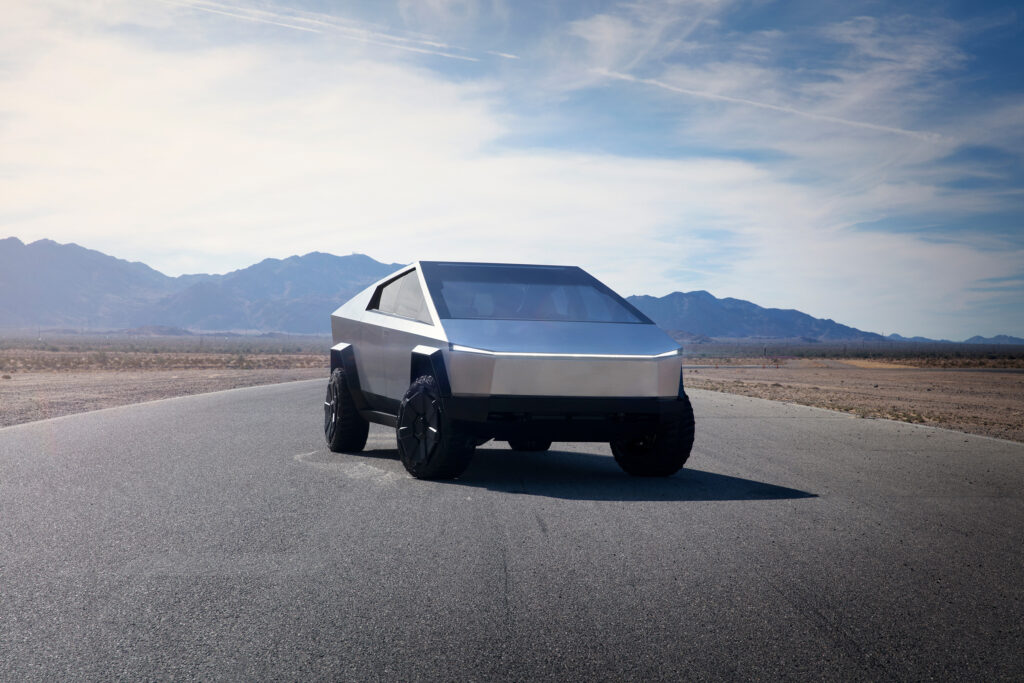
Tesla recently removed specs and pricing guides for the Cybertruck from its US website. Tesla’s Australian website no longer estimates a production date, having originally forecast late 2021.
Tesla Model 2 on ice … for now
Musk first raised the prospect of a USD$25,000 model at Tesla’s 2020 Battery Day. Since then development of a small Tesla has also been linked with Tesla’s Shanghai R&D centre.
But Musk made it clear the project as on the backburner.
“We’re not currently working on the $25,000 car, at some point we will but we have too much on our plate frankly,” he said.
Issues cited by Musk during the call included the global semiconductor and other parts shortages, ramping up the existing Fremont and Shanghai plants and bringing the new Austin and Berlin plants online.
More new plants may be announced before the end of the year, he said.
Musk also made it clear the business case for an entry-level $25k Tesla model was intrinsically linked to the introduction of fully autonomous driving capability.
“The thing that overwhelmingly matters is when is the car autonomous – at the pint of autonomous the cost of transport drops by a factor of four or five,” he said.
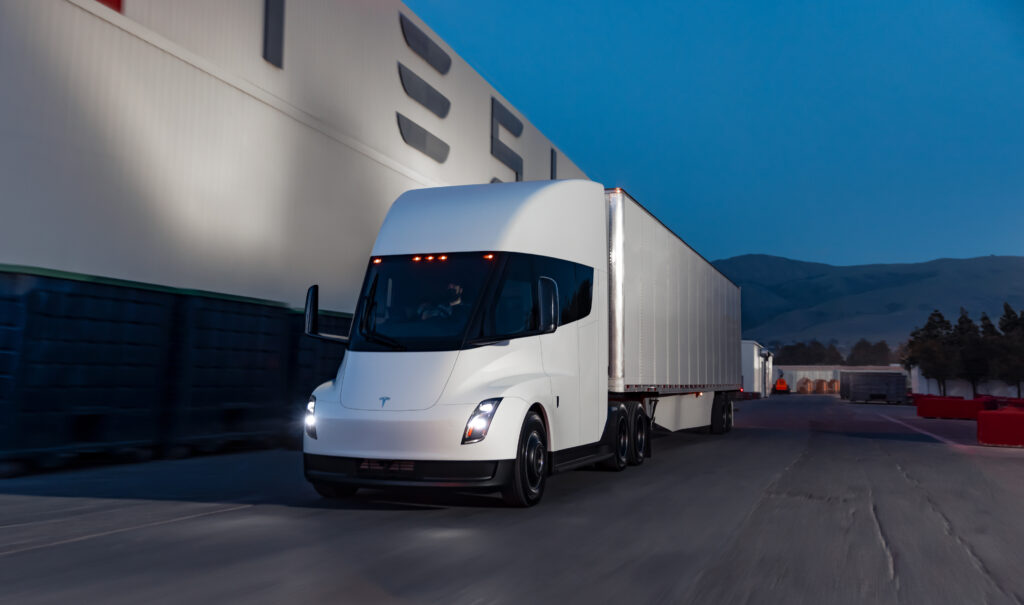
Separately during the call Musk said his “personal guess” was Tesla’s Full Self driving (FSD) Level 4 autonomous tech would be sorted by the end of 2022.
He repeatedly emphasised FSD, autonomy and robotaxis as a massive future revenue source for Tesla.
“Over time we think Full Self Driving will become the most important source of profitability for Tesla. If you run the numbers on robotaxis it’s … nutty good from a financial standpoint.”

